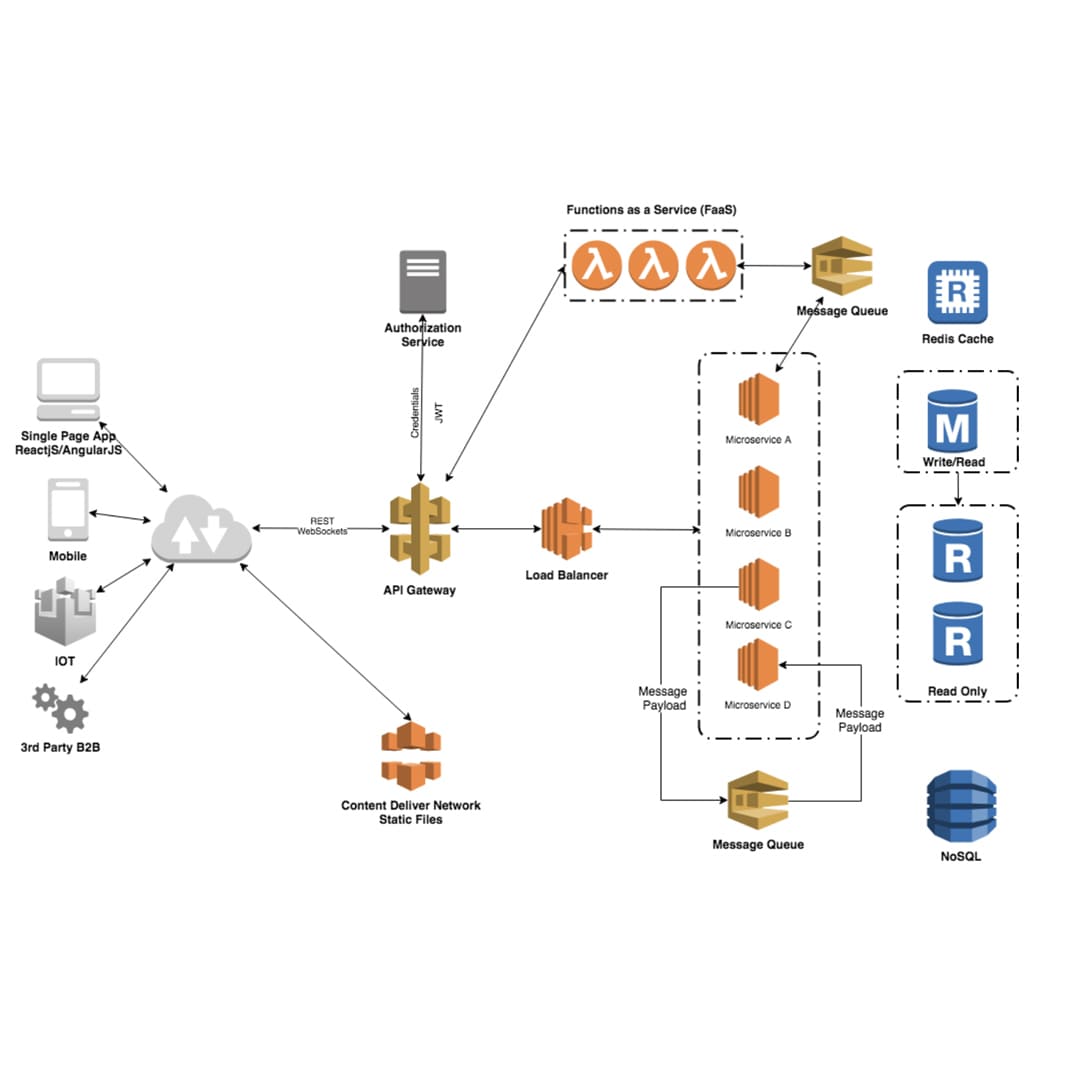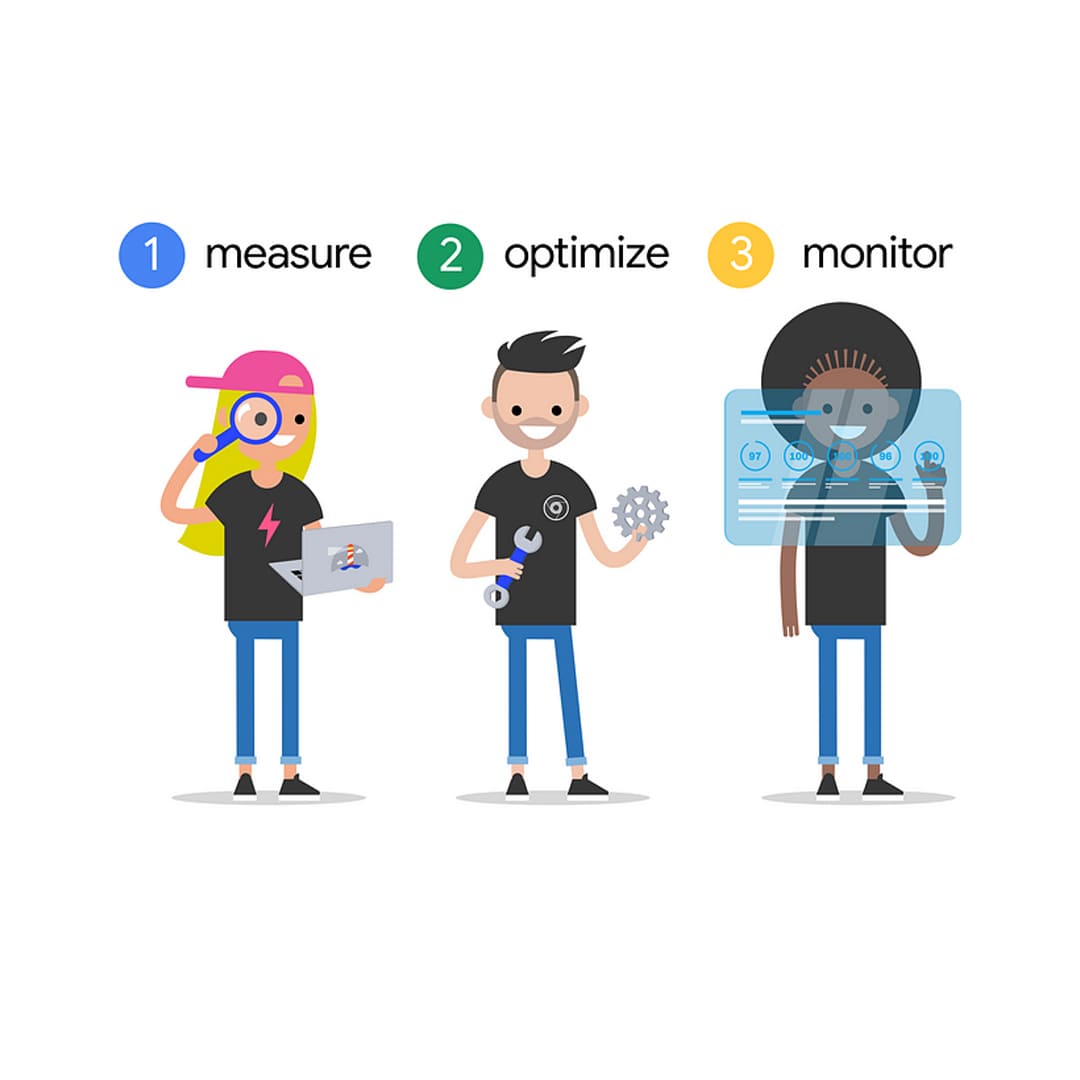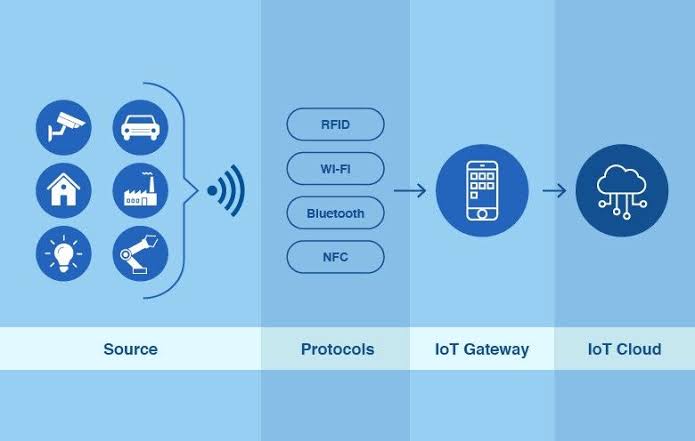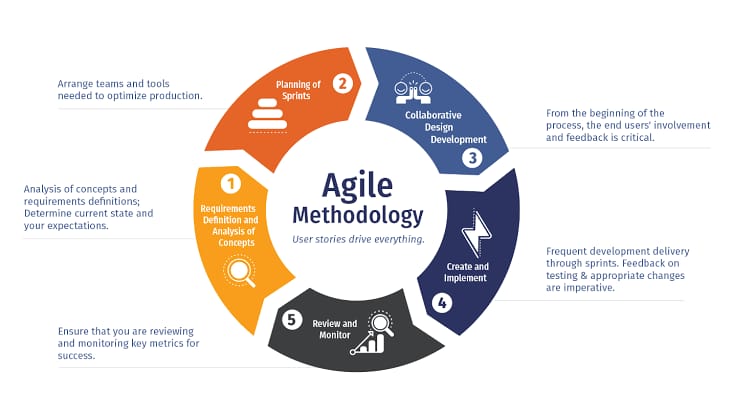Navigating Rebranding ChallengesYour Guide to Rebranding Success

Organizations usually have to make the choice whether to rebrand in order to keep themselves competitive and relevant in the constantly changing environment of business. It takes a strategic vision, meticulous planning, and acute comprehension of the business environment for one to effectively handle all of the hurdles that are associated with rebranding. Rebranding is an elaborate procedure that can be prompted by changing tastes among customers, advancements in technological advances, or a desire to reimagine an organization's identity. This process involves not only updating marketing materials and logos, but also fostering collaboration within the organization as well as overseeing external perceptions. In this investigation, we explore the unique challenges of accomplishing goals during the rebranding process, exposing significant variables as well as industry best practices that businesses need to implement in order to guarantee a seamless and successful transformation.
Recognizing the Rebranding Need
The strategic approach of rebranding involves transforming a brand's visual identity, communications, or positioning. Businesses consider rebranding for an assortment of reasons, and such incentives can change depending upon factors that are both internal and external. The reasons that follow are a few standard reasons for the companies that may feel the need to rebrand:
Outdated Image: A brand's image could become stale over time or lose its appealing qualities to its intended audience. Rebranding enables a brand to remain authentic while responding to contemporary tastes and preferences.
Business Evolution: As companies grow and diversify, their target markets, merchandise, and products may also. These adjustments can be addressed in a rebranding, which also ensures that the brand is in accordance with the present organization's plan.
Acquisitions & Mergers: In order to successfully incorporate the new entities into an established company, organizations frequently need to reorganize themselves. Rebranding promotes the development of an integrated personality that symbolizes the complementary benefits of the combined business enterprises.
Negative Public opinion: Rebranding can help a company break away from outdated connections and project an intriguing, positive image in the unfortunate circumstance that it experiences negative media coverage or sees an overall decline in the public's confidence.
Global Expansion: Businesses might require changes to their branding to take into account various cultural sensibilities and marketplace expectations when expanding into new markets, specifically those that are international.
Competitive Pressures: In order to differentiate themselves out from competing companies, highlight unique selling propositions, or adapt to changing circumstances in the market, rebranding may be important in an incredibly highly competitive marketplace.
Technological Advances: Advances in technology can render existing branding elements outdated. Rebranding could involve modifying messaging, design components, or brand names to convey a more sophisticated and technologically conscious image.
Target Audience Shifts: Rebranding may be necessary if the customer base of a business changes or grows in order to make sure the brand resonates to and communicates with the new customers.
Legal Difficulties: A brand could be compelled to rebrand in reaction to legal difficulties or disagreements, such as copyright conflicts, in order to continue operating out of difficulties.
Internal Changes: Rebranding may be necessary for bringing the brand into line with the revised objectives and fundamental principles of the organization if changes have taken place in the management, workplace atmosphere, or strategic direction.
Navigating Change: Addressing Resistance, Alleviating Concerns.
Organizations frequently come across internal resistance to change when endeavoring to make adjustments like rebranding. Workers might be against change for an assortment of reasons, such as a sense of dedication to current processes or identities, fear of the unidentified; and anxieties about their job security. Successfully overcoming internal resistance is essential to any change initiative's success. The strategies listed below can be employed to triumph over internal opposition and assistance in change management:
Communication
Transparency: Clearly communicate the justification for the rebranding, the benefits it offers, and its possible advantages for the business at hand.
Two-way communication: Encourage candid discussion, pay careful attention to concerns, and respond to inquiries. Incorporating workers in the decision-making process or asking for their feedback might help them feel greater involvement in the organization as a whole.
Education and Training
Training programs: Provide training sessions to help employees understand the changes, acquire new skills, and feel more confident in adapting to the new brand identity.
Information dissemination: Share relevant information about the rebranding, its goals, and the expected outcomes to increase understanding and reduce uncertainty.
Involvement and Participation
Inclusive decision-making: Involve employees in the rebranding process where possible. Their input can contribute valuable insights and make them feel more engaged in the change.
Change champions: Identify and encourage staff members who are in agreement with the change and want to assume the role of influencers and ambassadors inside the organization.
Resolving Issues
Employee feedback: Regularly collect feedback to understand specific concerns and address them promptly. This could involve implementing adjustments based on employee input.
Showcase success stories: Highlight successful implementations and positive outcomes to demonstrate that the change is beneficial.
Leadership Support
Visible leadership: Leaders should visibly support and endorse the rebranding. Their dedication and eagerness might promote staff alignment with the enhancements and have an advantageous effect on employee perspectives.
Communication in leadership: The rebranding initiative's vision, objectives, and accomplishments should be communicated by management on an ongoing schedule.
Acknowledgment and Benefits
- Acknowledge the contributions made: Employees that actively contribute to the success of the rebranding should be acknowledged and celebrated for the work they do. This creates an enjoyable and supportive environment.
- Reward systems: In order to motivate staff members and strengthen the desired actions during the period of transition, think about putting into effect mechanisms for rewards or incentives.
Gradual Implementation
- Phased approach: If possible, implement the rebranding gradually to allow employees to adapt at a manageable pace. This can reduce the shock of sudden changes.
Emphasize Benefits
- Highlight positives: Continuously emphasize the positive aspects of the rebranding, such as increased competitiveness, growth opportunities, and a stronger market position.
It's essential to recognize that change is a process, and not all resistance can be eliminated. However, organizations are able to reduce the impact of internal resistance and enhance the likelihood of effective implementation of change by taking steps to address concerns and including individuals throughout the transition.
Resource Allocation with Budgetary Restrictions
Organizations frequently run into difficulties in preparing for and carrying out various endeavors, such as rebranding, due to constraints on finances and the distribution of resources. Businesses have to deal with those challenges strategically due to their restricted financial capabilities and their determination to maximize whatever assets they already have. The following considerations and tactics can help you handle the budget and distribution of resources throughout a rebranding undertaking:
- Prioritize Your Goals: Clearly define the rebranding initiative's objectives and goals. Arrange these goals into order of importance according to the importance that they are to the overall business plan. Concentrate on initiatives which will most significantly influence the market positioning and public's opinion of the brand.
- Cost-Benefit Analysis: To determine what might be the return on investment (ROI) of the rebranding activities, perform an exhaustive cost-benefit analysis. Compare the present-day costs to the rewards in the future. Find economical techniques without compromising the rebranding's effectiveness or excellence.
- Phased Implementation: Consider a phased approach to the rebranding process, especially if budget constraints are a concern. Prioritize the most critical elements for the initial phase and gradually implement additional changes as resources become available. Phased implementation also allows the organization to learn from each phase and make adjustments based on feedback and results.
- Flexible Budgeting: Build flexibility into the budget to accommodate unexpected challenges or opportunities. Unexpected events can be addressed with a contingency fund, avoiding the entire rebranding project from collapsing. Review and adjust the budget on an ongoing schedule in light of the project's constantly evolving requirements.
- Resource Optimization: Analyze the resources currently available to the company and pinpoint areas in which they can be most efficiently exploited. This may involve reallocating personnel, leveraging in-house expertise, or repurposing existing assets. Look at less expensive options regarding certain rebranding process components, such as employing platforms that already exist or technologies.
- Strategic Alliances: Explore into forming partnerships with outside organizations or providers who can offer specialized expertise or services at a price that is lower. Strike advantageous terms and take into consideration cooperative alternatives that fit within your budget limits. Utilize connections with vendors and providers of services to get low-cost alternatives.
- Employee Involvement: In order to maximize the talents and creativity of those who work for you, incorporate internal groups and staff members in the rebranding process. This might promote a sense of personal responsibility among staff members and minimize the need for third-party assistance. Including staff members may additionally result in cost savings and innovative concepts.
- Emphasis on Important Touchpoints: Direct attention towards the most significant brand interaction points that have an immediate impact on consumer perceptions. This may include the logo, website, and key marketing materials. Prioritize areas that are highly visible and have a significant influence on the overall brand experience.
- Benchmarking and negotiating: For the purpose of making sure the budget is fair and competitive, it is necessary to compare costs against company standards and standards of excellence. To get favorable conditions and prices, negotiate with suppliers, subcontractors, and service providers.
- Measurement and Adjustment: For assessing the success of the rebranding dedication, establish the key performance indicators (KPIs). Regularly evaluate performance against these metrics and adjust resource allocation accordingly. Use data and feedback to refine the strategy and optimize the use of resources throughout the rebranding process.
Organizations may effectively traverse the challenges of rebranding while maximizing the return on their investment by taking an established and adaptable perspective to resource allocation and constraints on finances. Within the restrictions of the resources at present, achieving an acceptable rebranding outcome necessitates achieving a balance between creativity, effectiveness, and cost insight.
Risk Management Mastery: Mitigating Risks for a Seamless Journey Ahead
- Complete Risk Assessment: Perform an extensive risk evaluation in order to identify any obstacles and problems. This includes the risks associated with the field of finance, operations, and prestige of the rebranding initiative. Prepare for any possible obstacles and create alternate approaches that successfully minimize risk.
- Stakeholder Engagement: Throughout the rebranding process, communicate with important stakeholders such as clients, partners, and workers. Establish a transparent communication mechanism to handle problems and get feedback. proactively manage expectations and inform stakeholders on decision-making' progress and explanations.
- Pilot Programs and Testing: In order to identify and resolve any problems on a smaller budget prior to a large-scale launch, begin to consider putting pilot initiatives or testing phases into action. Before the complete rollout, get feedback from the pilot projects to make wise modifications and improvements.
- Flexibility in Planning: Allow for unanticipated challenges by incorporating flexibility into the rebranding plan. Having contingency strategies, financial matters and flexible deadlines are an essential component of this. Be ready to make adjustments to the plan as a reaction to input received in real time and constantly changing circumstances.
- Consult with specialists: Receive advice from professionals, specialists, and branding experts who previously collaborated on successful rebranding campaigns. Their insights can help identify potential pitfalls and provide valuable guidance. Consider external perspectives to gain a holistic view of the potential risks involved.
Maintain an integrated brand voice by making sure that point of view remains the same across all mediums of communication. By keeping things consistent, then stakeholders are constantly informed and their desired brand perception is enforced. Develop a concise story that highlights the motivations underlying the rebranding and its potential advantages for the business as a whole.
- Employee Alignment and Training: Educate the employees on how they should represent and encourage the new brand. To make sure staff members comprehend and represent the desired brand perception in the way they interact with consumers, internal consistency is important. Motivate staff members to consider themselves proud of and committed in the newly established company.
- Customer Engagement: Actively engage with customers to communicate the changes and gather feedback. Use social media, surveys, and other channels to involve customers in the rebranding process. Respond to consumer problems as soon as possible and show that you're dedicated to keeping the customer experience pleasant.
- Brand Guidelines: Create comprehensive recommendations outlining the new brand's visual and communication components. To ensure consistency in the way the brand presents itself, distribute these regulations throughout the organization and outside. Provide tools and resources to stakeholders, including employees and partners, to support the consistent implementation of the new brand.
- Feedback Mechanisms: Establish feedback mechanisms to continuously assess brand perception. In order to assess whether the rebranding is having the anticipated impact on the intended consumer base, track social media mentions, reviews on the internet, and customer surveys. Make modifications dependent on comments to maintain a positive attitude.
- Behind the Brands:A Tale of Rebranding Lessons Learned
- Post-Implementation Analysis: Perform an in-depth assessment of preceding rebranding initiatives, both successful and unsuccessful. Determine the components that made an alternative choice either successful or unsuccessful. Take the most significant conclusions and implement them into the present rebranding process.
Study case studies of rebranding initiatives in your organization and surrounding industries for additional industry insights. Acknowledge the difficulties they encountered, the strategies they used, and the outcome that they achieved. Take the insights that are applicable to your organization and implement them to your rebranding campaign.
Involve Stakeholders in Feedback: Check out what stakeholders, especially staff members and customers, had to say about previous rebranding attempts. Recognize the things that they considered performed well and what could have been performed differently. Use this input to shape the current rebranding strategy and address potential concerns.
Benchmarking: Benchmark your organization's rebranding strategy against industry best practices. Identify areas where your approach aligns with successful rebranding initiatives and areas for improvement. Incorporate proven strategies and avoid pitfalls based on industry benchmarks.
Continuous Improvement: Embrace a culture of continuous improvement by applying an iterative approach to the rebranding process. Analyze performance on a regular schedule, get input from the user, and adjust in accordance with lessons learned. Show that you have been prepared to grow and adapt as the procedure for rebranding proceeds.
Strategic Alignment: Ensure that the rebranding approach and the company's broader objectives and plan are in alignment. Recognize the way the rebranding relates to the organization's long-term goals. Rebranding efforts are more likely to be productive if they are in agreement with larger organizational objectives.
Communication of Changes: Inform internal teams everything that you've gained knowledge from previous rebranding endeavors. Emphasize the value of continuous growth and the part that each individual plays in the successful completion of the present endeavor. Encourage development and flexibility as a culture within the business's walls.
Organizations could improve the probability of a successful rebranding initiative by anticipating and minimizing potential risks, tracking shifts in brand image, and extracting lessons from previous failures and achievements. Establishing a strong and durable brand identity involves a deliberate and strategic methodology as well as constant evaluation and improvement.
In summary, rebranding is a journey of transition that necessitates careful navigating across an extensive spectrum of obstacles. Organizations undertaking a rebranding project need to think about it strategically, from establishing a clear goal to getting internal backing along with managing external expectations. Despite the fact that challenges can occur, they also offer alternatives for development and inventiveness. A successful rebranding involves much more than just updating the logo; it also includes embracing change, adjusting to shifting tastes of customers, and skillfully conveying a modernized brand image. Navigating the rebranding procedure's challenges becomes imperative as businesses continue shifting their identities in response to evolving marketplaces. By doing so, organizations can become more powerful, more relevant, and more equipped for succeeding in the future.
Recent Stories
500k Customer Have
Build a stunning site today.
We help our clients succeed by creating brand identities.
Get a Quote





















































































































